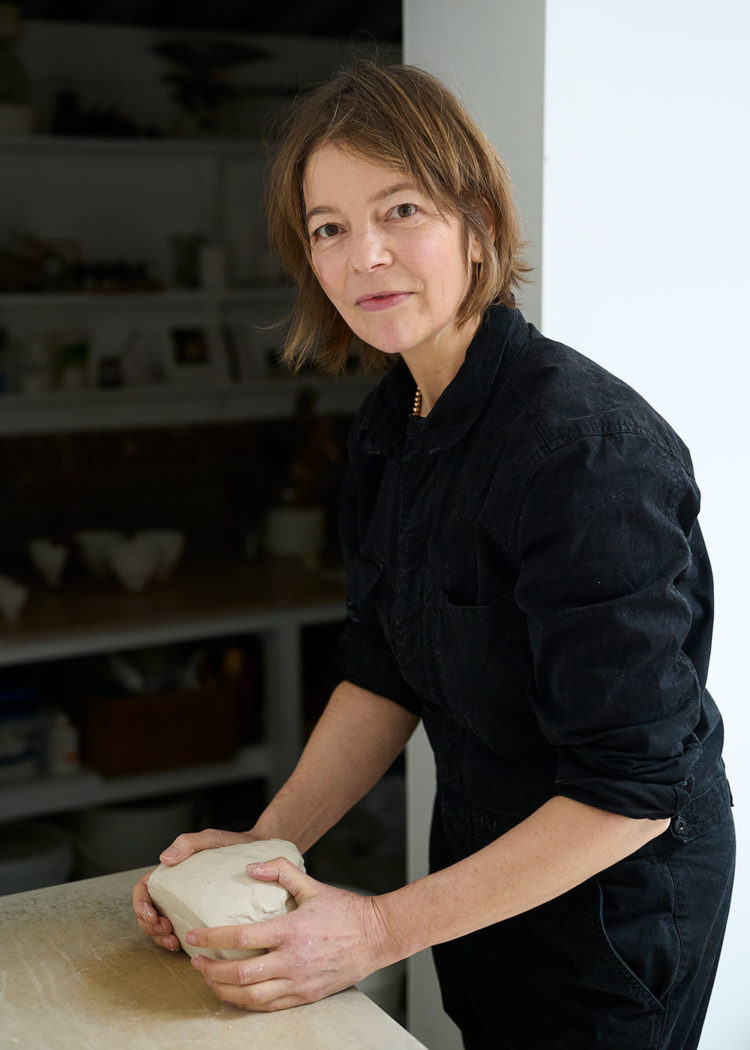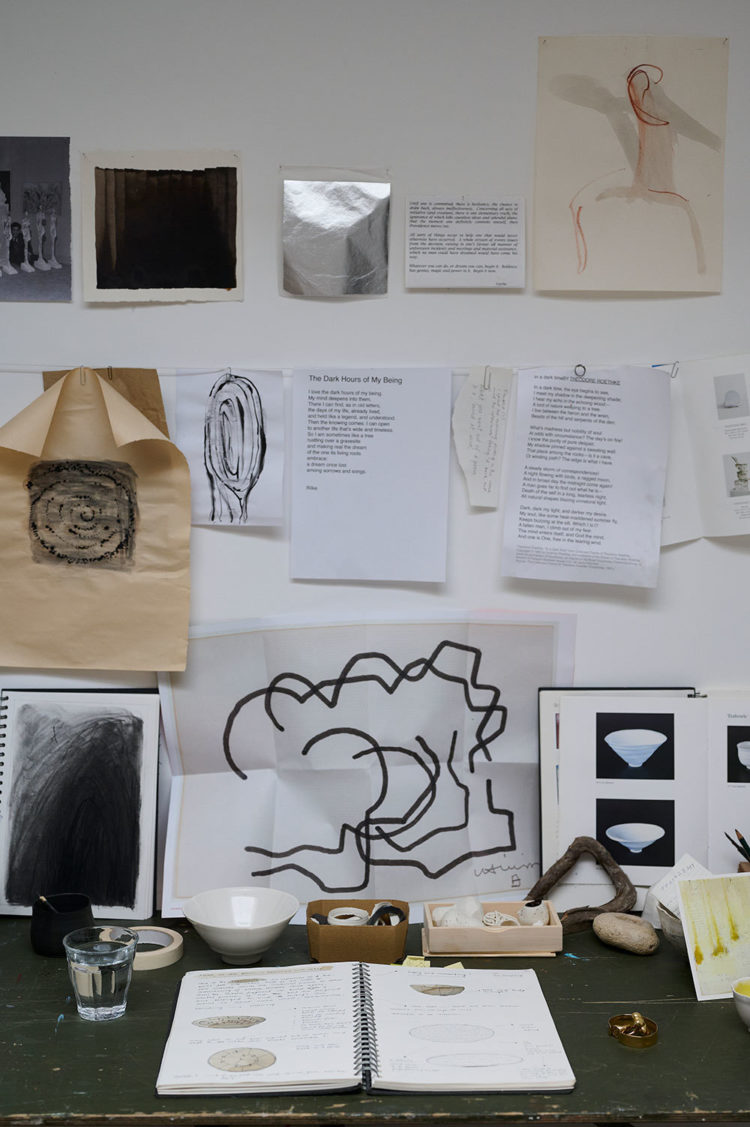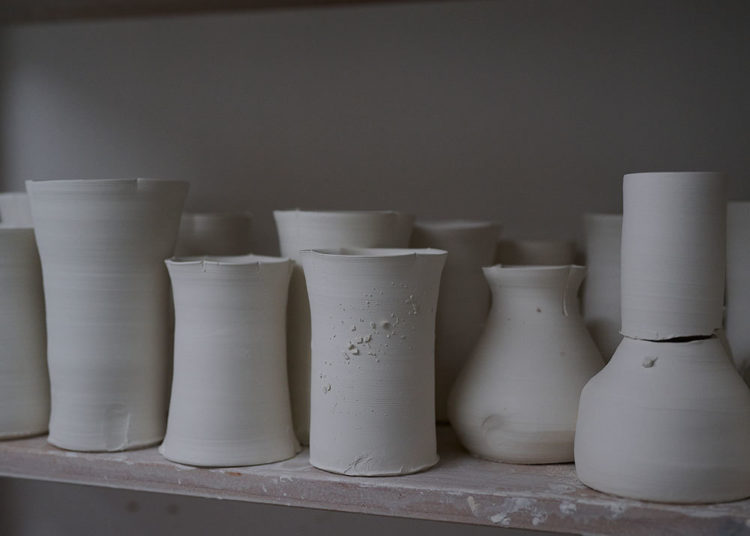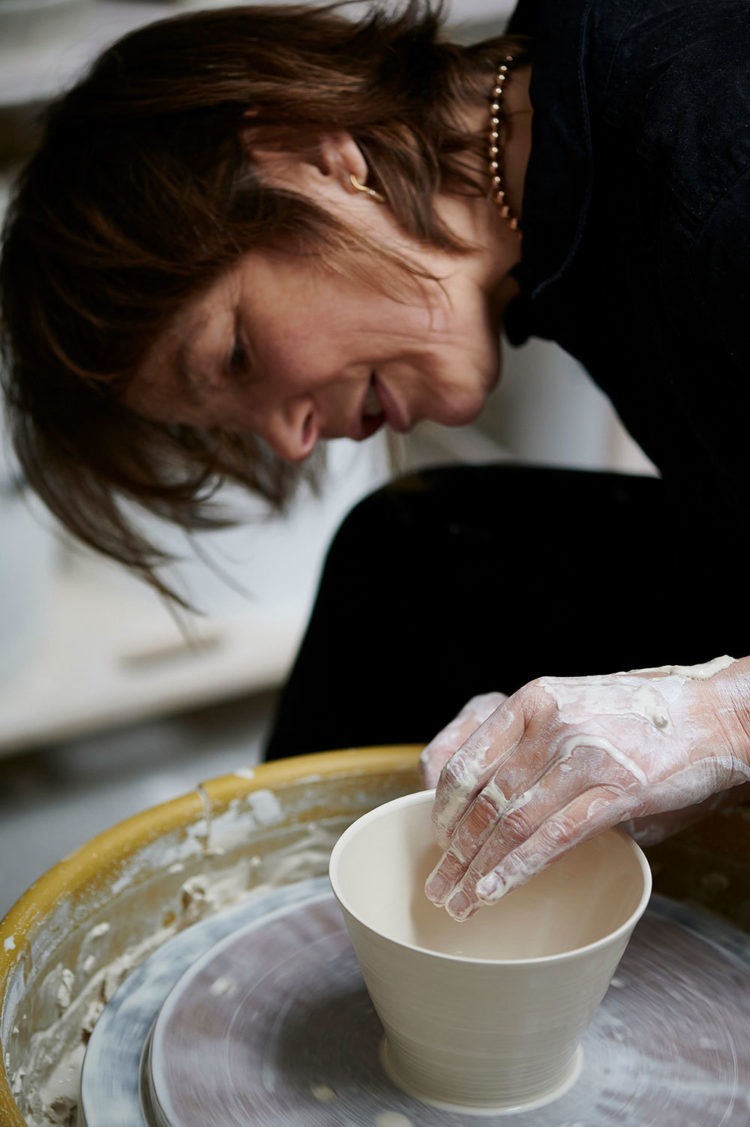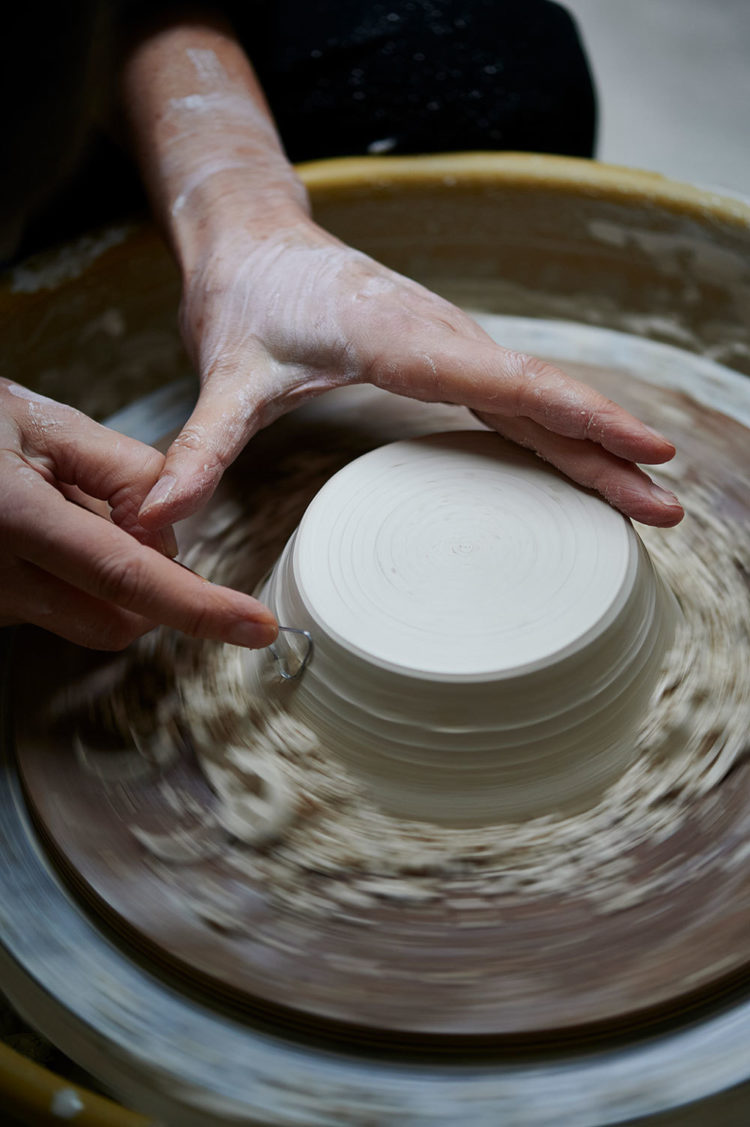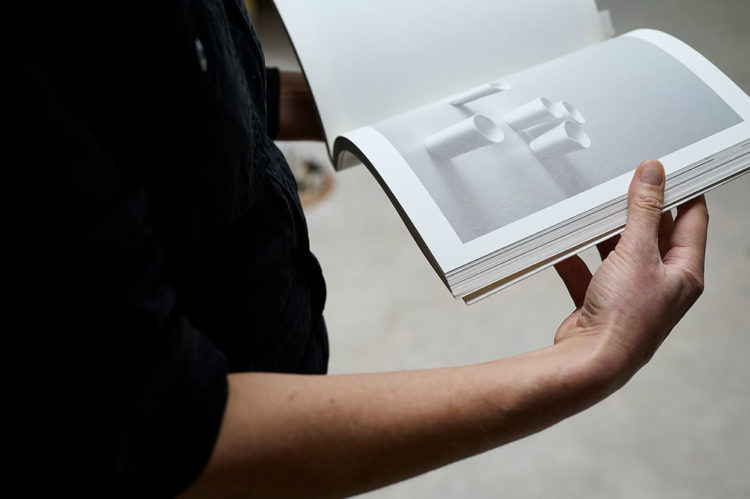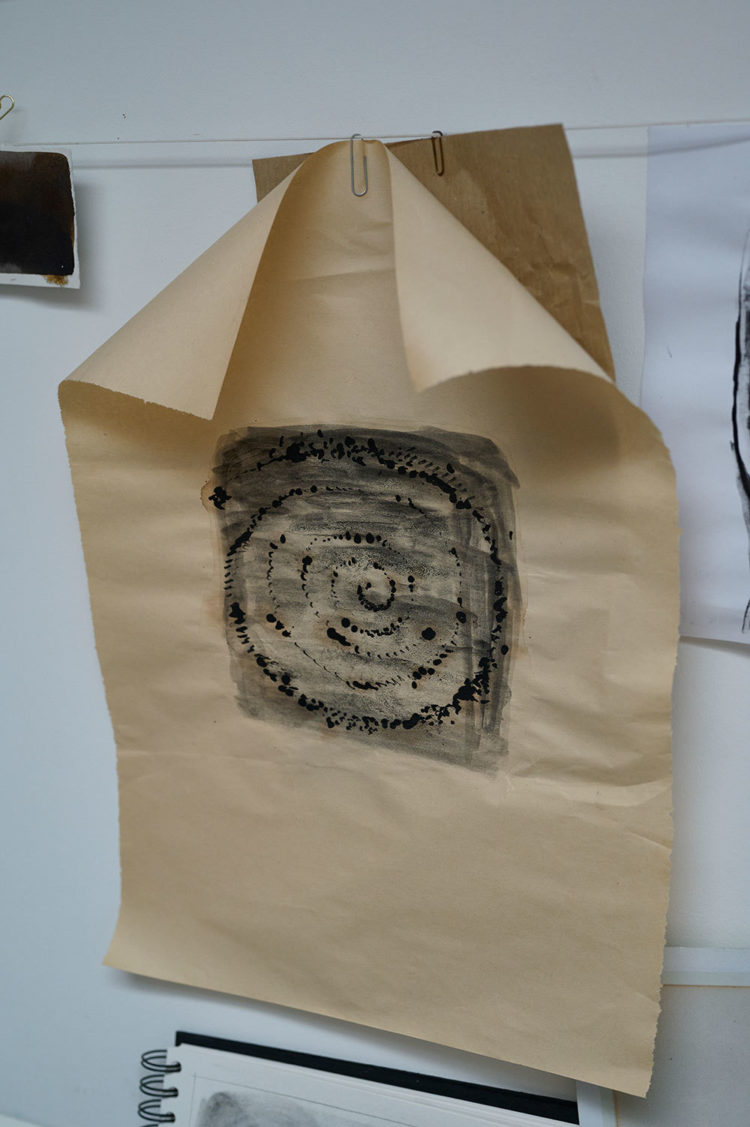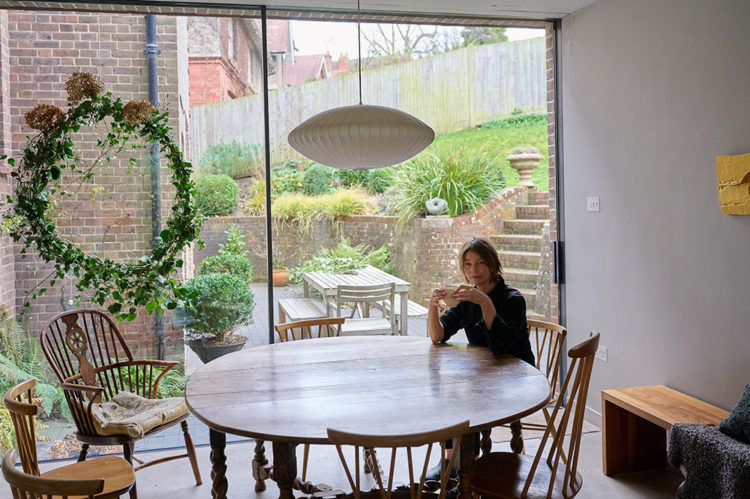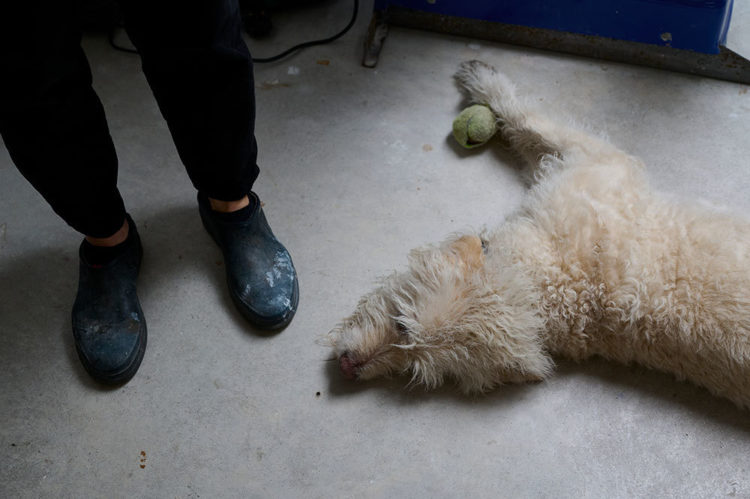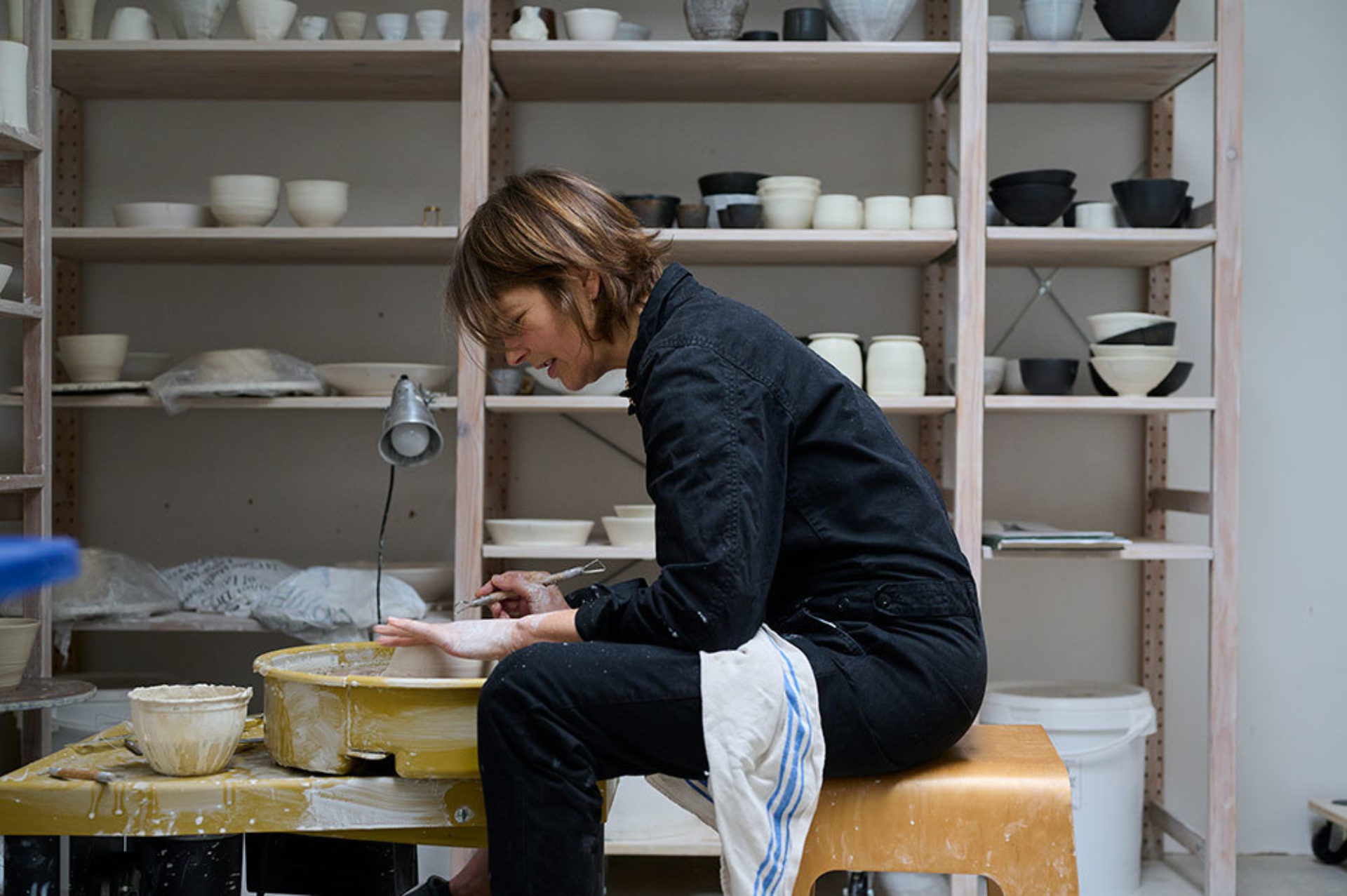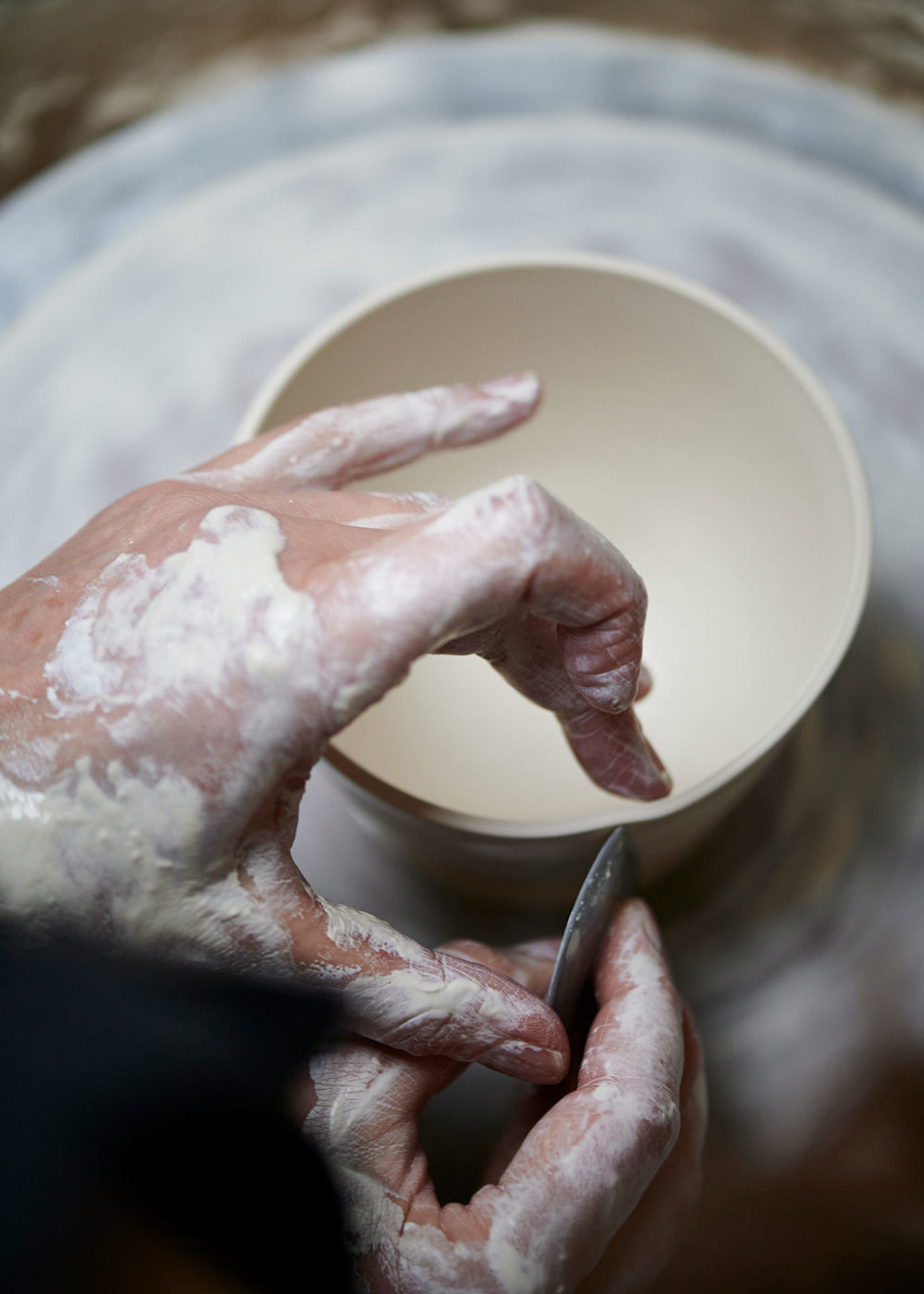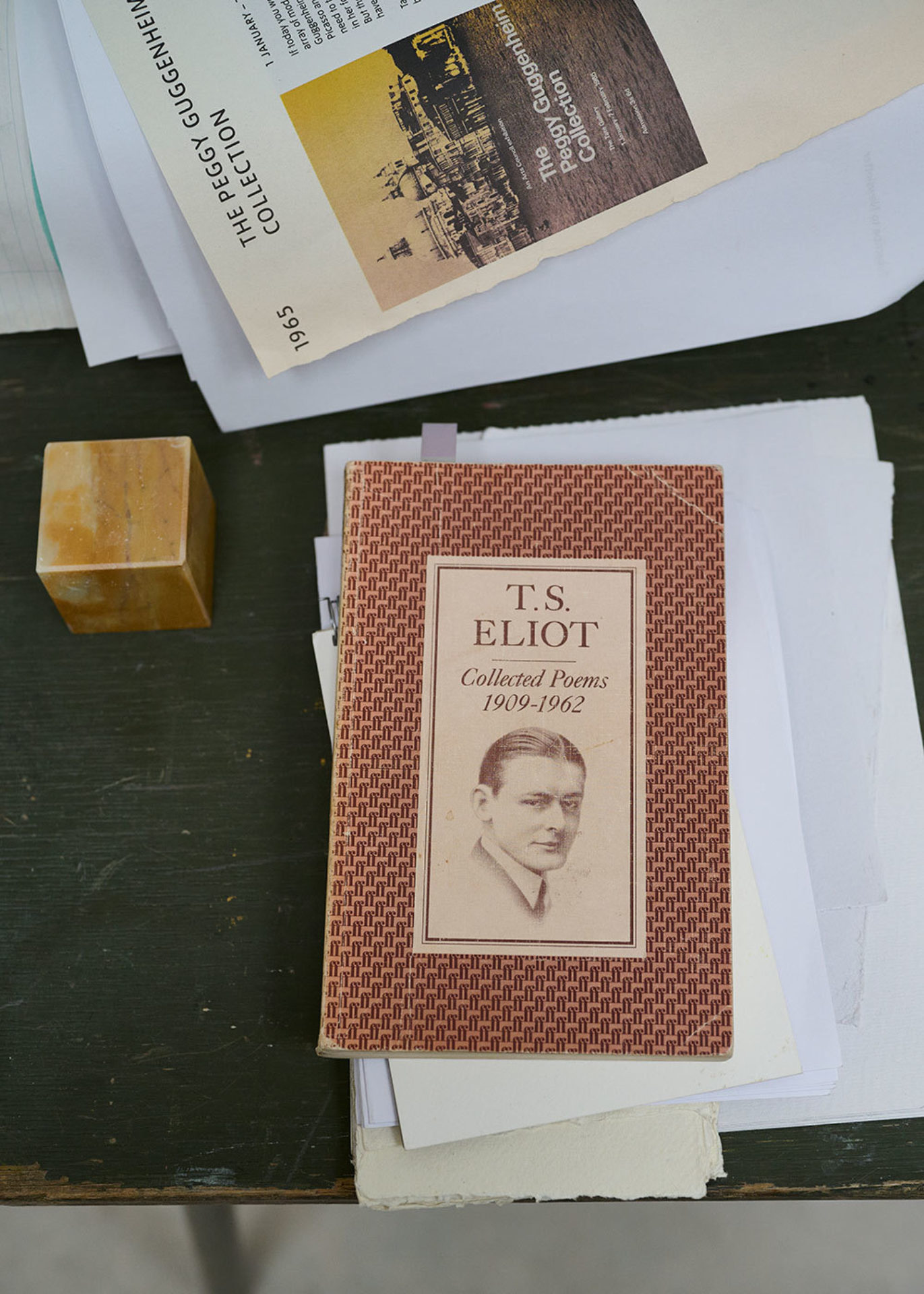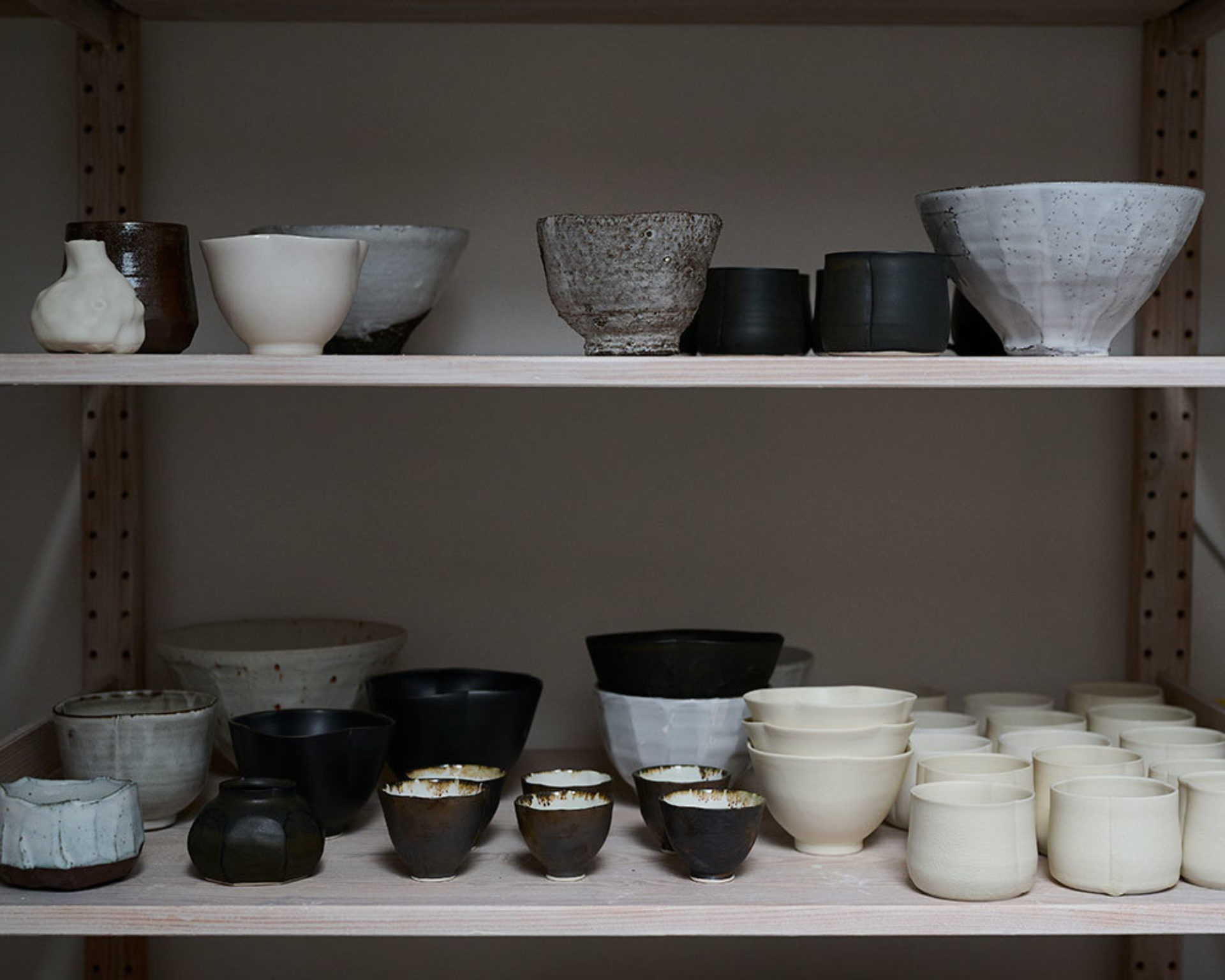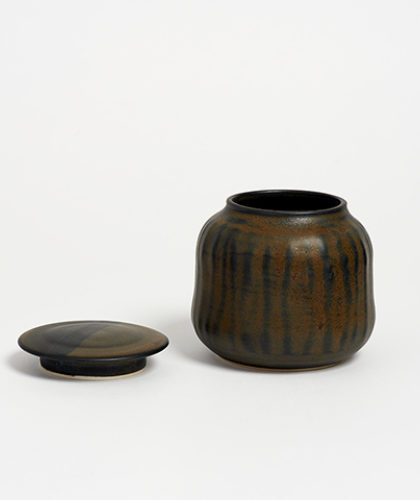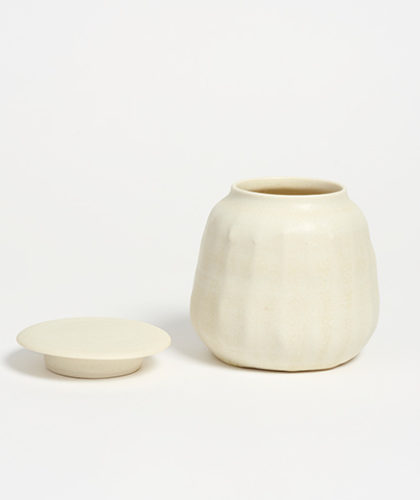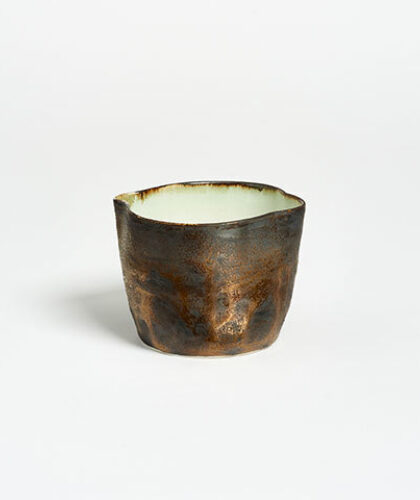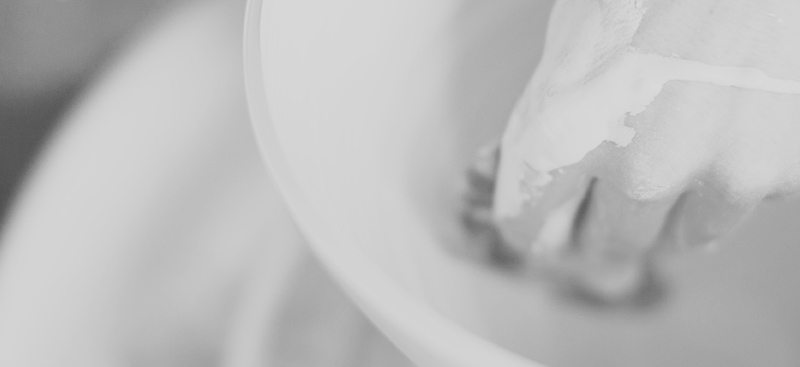Olivia Horley
Ceramicist
For Olivia Horley, pots provide sanctuary in our lives in quiet, barely noticed ways.
“They arrest from a hectic world something that is held and stilled. They express the breadth of our humanity,” she says, “from daily grind to ritual and feast. They are humbly our most essential artefact, carrying water, quietly there first thing in the morning, last thing at night.” She has always wanted to make quiet, beautiful pots that could be used daily and bring comfort.
Horley grew up around pottery. A French studio potter lived on her family’s farm, and she would watch him throw from a young age. Handmade pottery was part of daily life: the Mexican Pueblo ware from her mother’s childhood, Danish pieces collected by her parents, Limoges from her grandfather. Her grandparents were artists, and at the Steiner school she attended, making by hand – something the Steiner movement believes connects us to humanity – was taken very seriously. After art school and studying painting, she worked in the art world for many years before a degree in ceramics beckoned, followed by an apprenticeship with Edmund de Waal.
Stillness, serenity, the shaping of silence found in the slowness of things made by hand, are key to Horley’s practice. So, too, is the idea of opposite forces meeting: stillness and gesture, the industrial and the handcrafted, softness and precision.
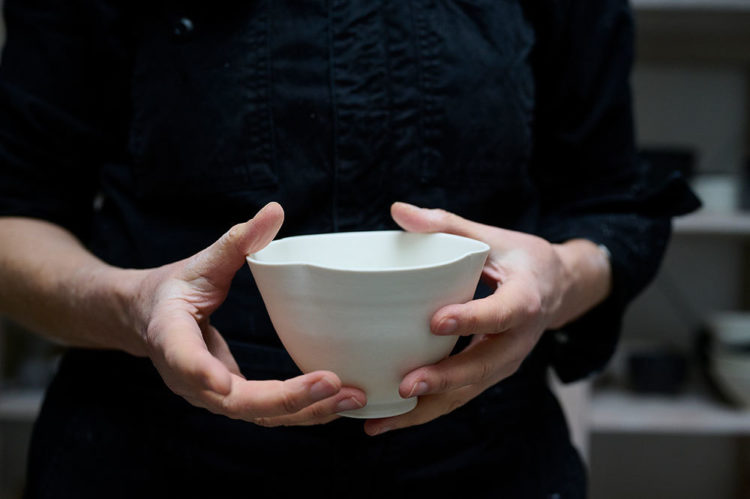

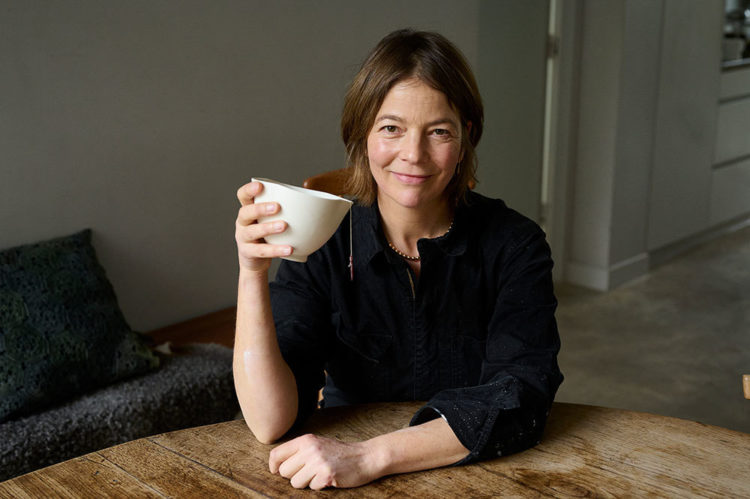
“The Italian artist and writer, Giorgio de Chirico, said that ‘every object has two aspects, the common aspect, accessed every day and in use, and the metaphysical aspect, seen at moments of meditation and quiet’ – I love that these two things might possibly come together in a pot!”
“I have broad influences, but particularly turn to fine art and artists such as Cy Twombly, Isamu Noguchi, Christopher Le Brun and Louise Bourgeois for the expression of particular qualities that inspire my work. I also look at pottery and find inspiration from all periods of its history. Swimming in the sea, walking the land, and the poetry of Rilke, Peter Balakian, and the New Yorker poetry podcast (a staple of studio listening), are hugely important to me.”
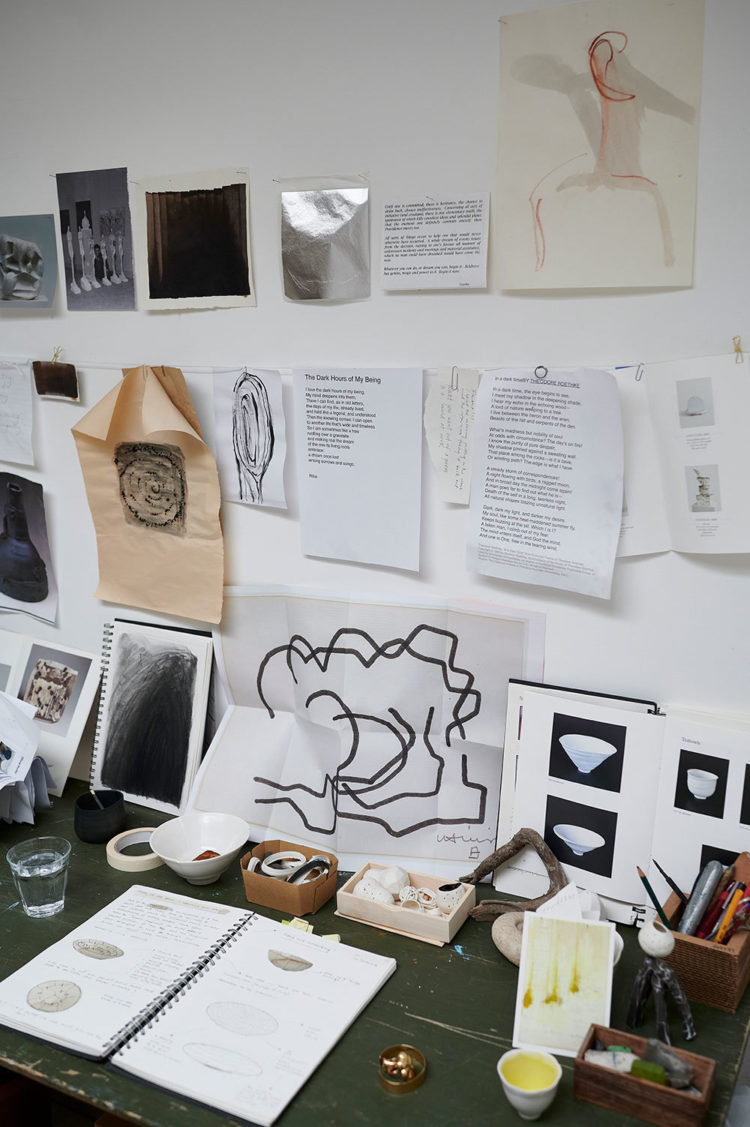
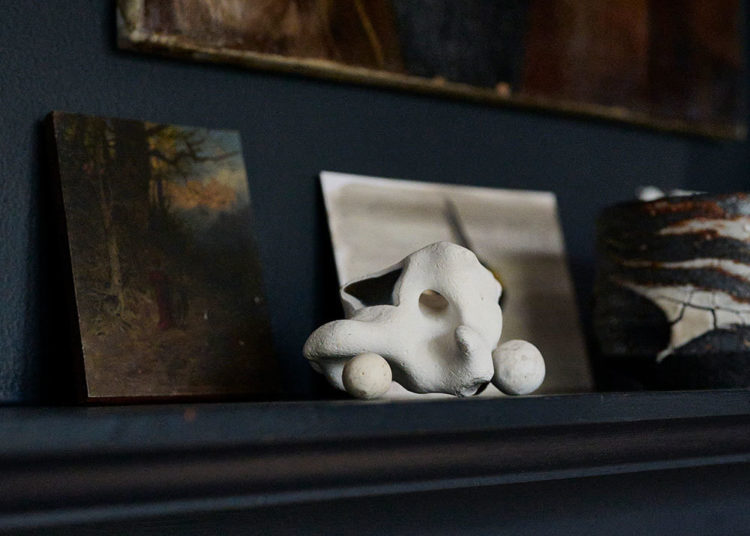
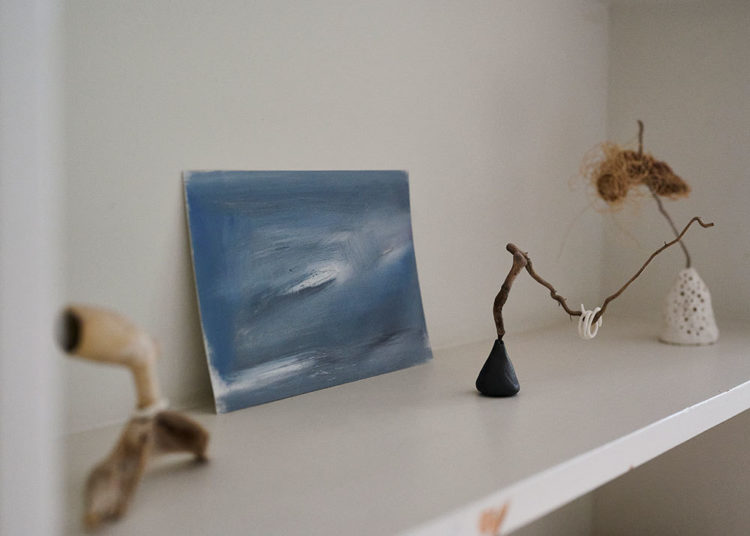
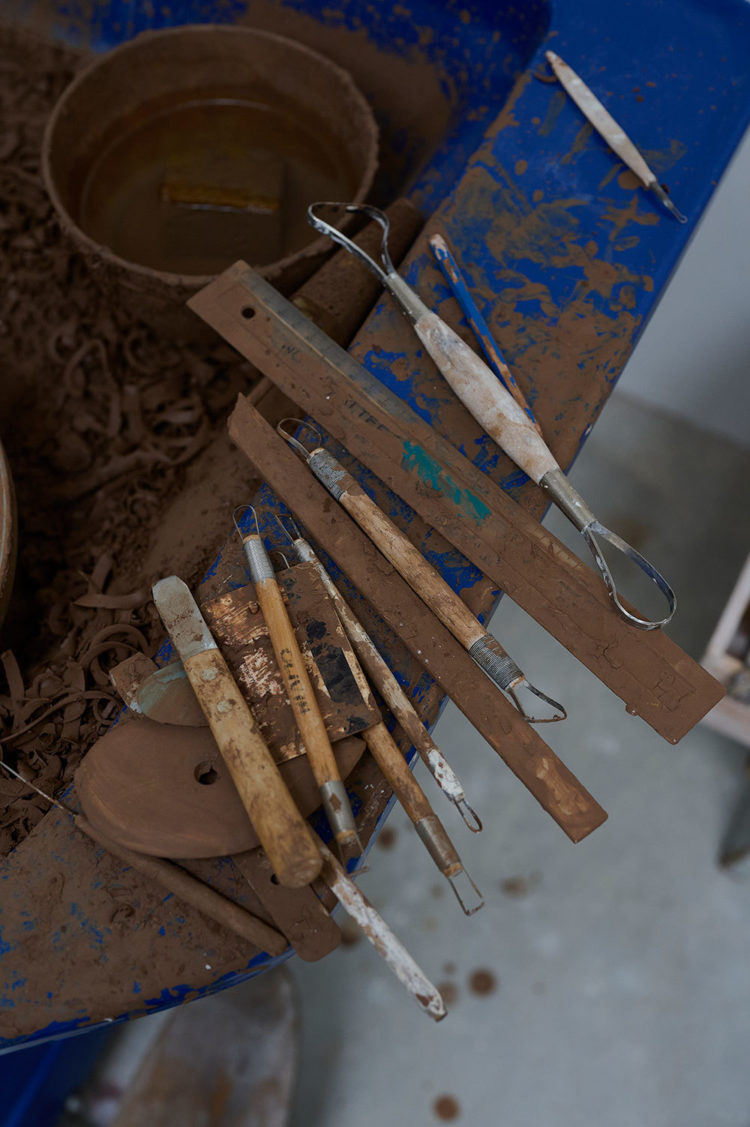

“I’m attracted to different qualities of clay: its plastic state (I leave traces of wet marks or little deposits of clay that well up with throwing); the leather hard stage which allows alteration of form by cutting and joining, pinching and impressing. I am – as most studio potters are – attracted to the elemental aspect of the material. For the same reason, while I throw pots in series, I do not look for exact reproduction, but enjoy the variation that conveys what is human, dependent on fluctuation of mood and attention. I throw thinly, so that the pieces are fine. Some people worry that my pots are too fragile for every day, but they are intended to be used and used. That is the point. I mostly use porcelain, but stoneware, too, and develop my own glazes.”
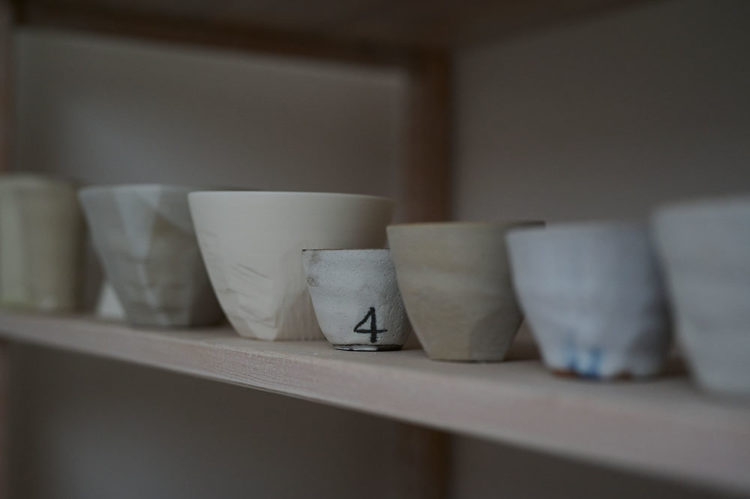
"I like a pot to tell the history of its making and materiality, rather than eradicate the process for a polished end piece."Olivia Horley
